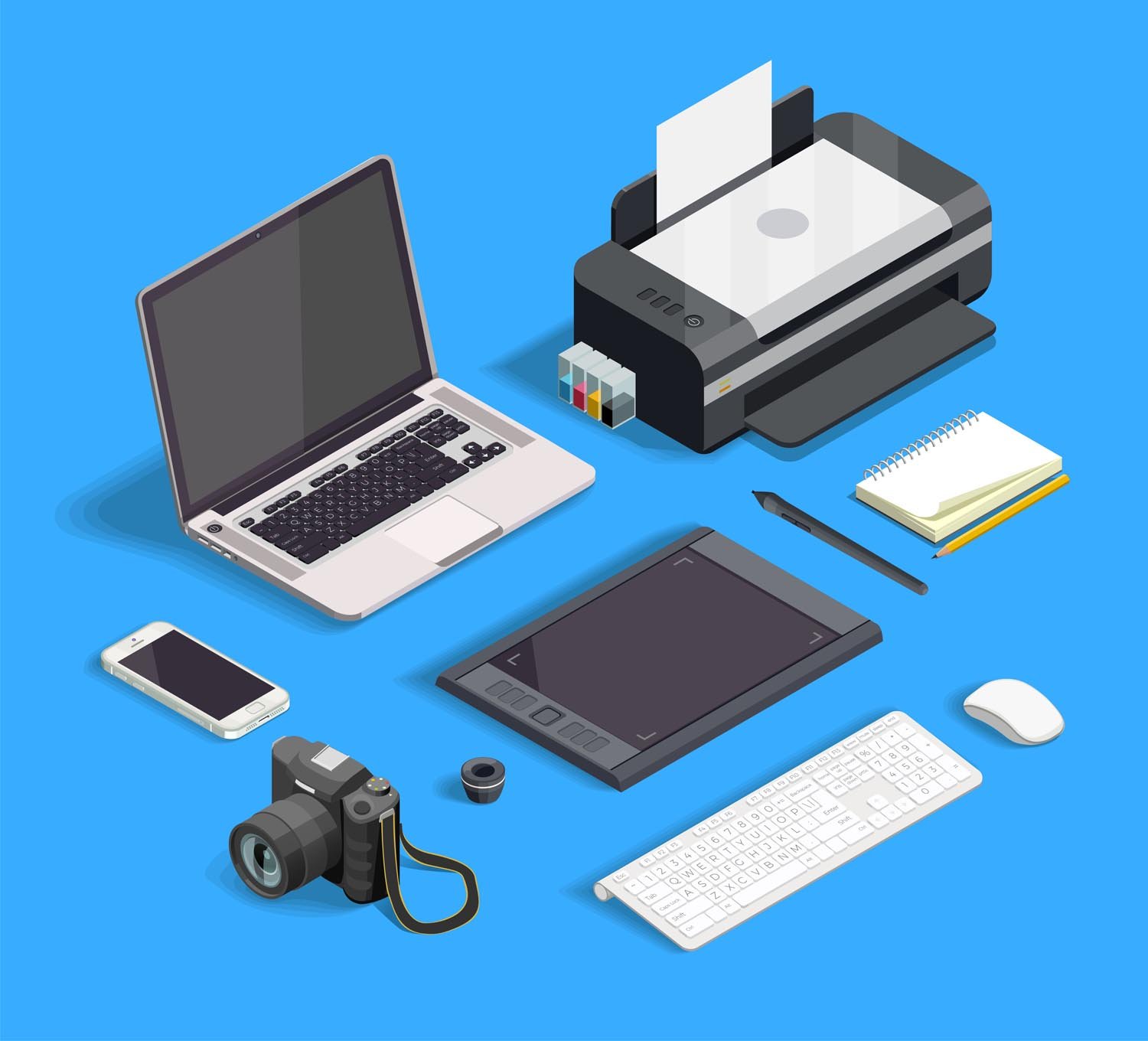What is 3D Printing?
3D printing is a process that builds a three-dimensional object based on a Computer Aided Design (CAD) sketch. A 3D printer uses the CAD data to add successive layers of liquid, powder, or other material to manufacture a 3D object. A wide range of materials can be used for 3D printing including metals, plastics, and composites.
3D printing is one of several technologies under the umbrella of Additive Manufacturing (AM), named as such since it starts from nothing and builds layer by layer of material. Many conventional manufacturing methods are subtractive since they start from a block of something and material is removed.
3D printing technologies are often faster than traditional machinery and, thus, have been used for many years to manufacture prototypes. This method allowed designers to quickly manufacture one or more inexpensive prototypes in order to determine which one should be selected for production. 3D printing saved manufacturer’s significant time and money in prototyping. But this technology has now moved beyond prototyping into large-scale production and is impacting the future of manufacturing!

Benefits of 3D Printing
3D printing offers many advantages over traditional manufacturing, and more and more manufacturers are turning to 3D printing to reap the benefits.
- Faster cycle times: 3D printing only needs a new CAD input in order to manufacture a new product and does not require retooling or machine changes – resulting in significant time savings! Additionally, 3D printed parts are one, single piece and do not require secondary operations such as welding, further reducing lead times.
- Optimized inventory: 3D printing allows manufacturers to fabricate parts on-demand rather than stock piling spares in a warehouse – resulting in lower storage and inventory costs!
- More nimble production: traditional manufacturing requires tooling that is difficult to adjust once production is initiated. However, 3D printing is able to innovate and tweak designs based on customer feedback during the production phase with no tooling adjustments required.
- More design flexibility: 3D printing technologies provide designers with more creativity and flexibility in their part designs in order to experiment with different part shapes and lighter components to address market demands. For example, 3D printing is proving itself an excellent solution to parts used in tight spaces such as airplane cabins that require unique shapes and lighter weights.
- Less waste: additive manufacturing methods, such as 3D printing, generate significantly less waste than traditional manufacturing, and in some cases, waste can be entirely eliminated!
Beyond Prototyping: 3D Printing for Production
There are many use-cases where 3D printing is being applied to mainstream manufacturing. 3D printing is able to make bigger, more complex 3D objects and is being used for low, medium and high-volume, mass production. 3D printing is being used across many industries including automotive, construction, aircraft, transportation, healthcare, fashion, and heavy equipment. Below are a few specific examples of how 3D printing is currently being used.
- Within the healthcare sector, there are many opportunities for 3D printing. The fabrication of prosthetics is an excellent application as it offers doctors the opportunity to quickly create a durable, customized product for each patient.
- It may be hard to imagine but there are entire homes that are being 3D printed! Each aspect of these homes is manufactured layer-by-layer with concrete using 3D printing technologies.
- The automotive sector was one of the first industries to heavily utilize 3D printing. Industrial 3D printerscan be found in every step of automotive production – from prototyping to parts manufacturing. A few examples include wheels, brake pads, jigs, fixtures, and grips.
- Clothing manufacturers are turning to 3D printing to take advantage of the lower waste generation. Specifically, shoe soles are being manufactured by 3D printers to reduce scrap.
Is 3D Printing the Future of Manufacturing?
The short answer is – yes! Additive manufacturing methods such as 3D printing are reshaping the way manufacturers do business and are part of the digitalization of manufacturing that is often referred to as Industry 4.0. The true potential for 3D printing lies in the new opportunities for innovation and creativity that it provides – and not what forms of manufacturing it will replace.
3D printing is being implemented by more and more manufacturers over time. 3D printers add tremendous potential to the industry and it is crucial that manufacturers are aware of new technologies as they become available and are flexible to adapt when necessary. Additionally, many manufacturers are partnering with a 3D printing service provider, such as Re3dTech, to identify the proper material, technology, and geometry solutions that work best for your application.
Re3dTech Solutions
At Re3dTech, we believe that 3D printing will repatriate and revitalize our manufacturing industry – and is the future of American manufacturing! By moving from mass production to mass customization, Re3dTech will play a major role in providing industrial grade 3D printing services, access and capacity at the point of need. Helping our customers move their manufacturing from overseas centralized production centers, to local on-demand manufacturing and parts production, resulting in no warehousing needs.
Furthermore, by using the latest 3D printing technologies, Re3dTech is moving past prototyping to true end use parts production. Additionally, we offer a wide range of technologies and materials including plastic and metal.
Leverage the advances in 3D printing technology to improve your manufacturing - contact us today to see how we can help!

